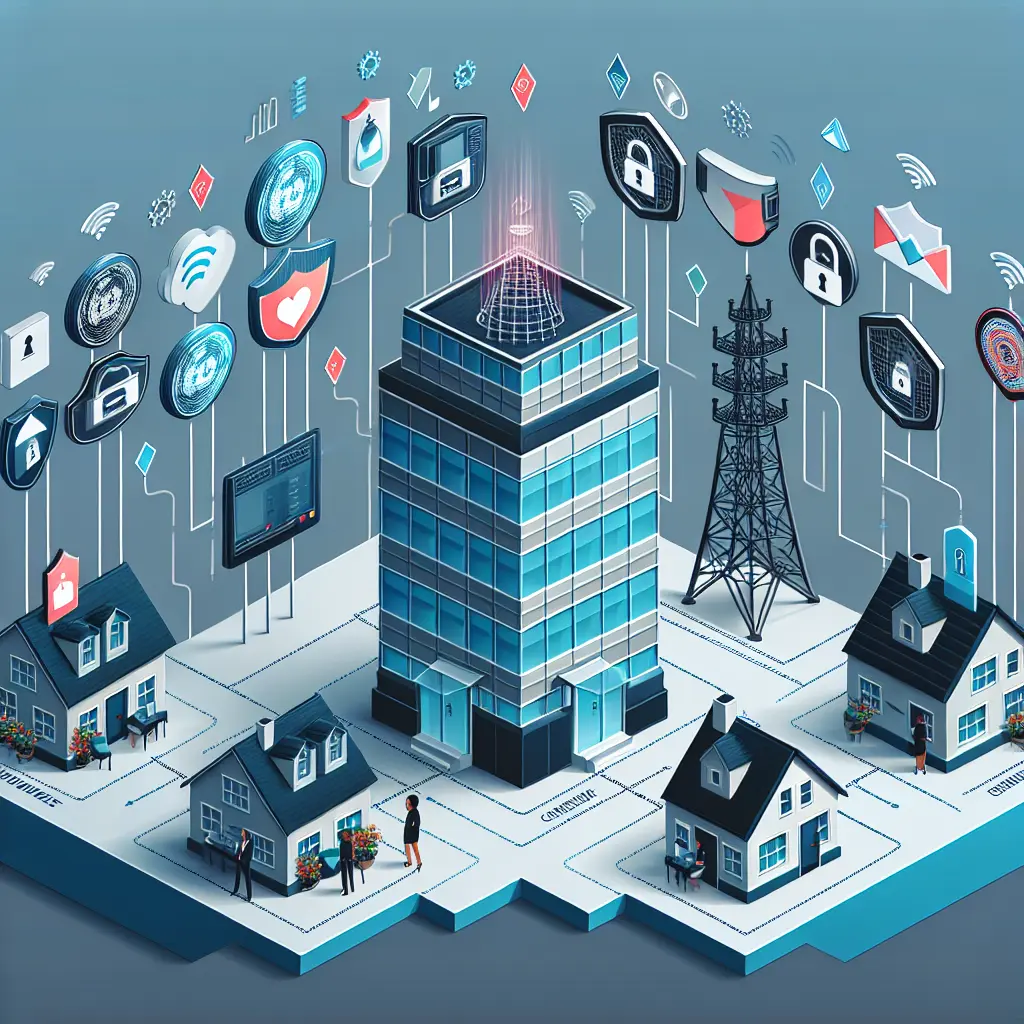In today's rapidly evolving digital landscape, the necessity for robust cybersecurity strategies tailored for remote workforces has never been more critical. As businesses increasingly embrace remote work models, ensuring secure remote access and protecting remote workers becomes paramount. This shift has introduced new cybersecurity challenges that demand attention to detail and comprehensive planning. In this post, we will explore the multifaceted approach required to safeguard your organization in a remote work environment.
Remote work cybersecurity isn't just about technology; it's about creating a culture of security awareness among remote employees. Cybersecurity for remote employees must encompass secure remote work practices, including utilizing secure online collaboration tools and leveraging VPNs to safeguard sensitive data. Moreover, implementing remote work security best practices helps mitigate risks associated with unsecured networks and unauthorized access.
Remote work data protection is a vital component of any successful cybersecurity strategy. Companies must focus on protecting sensitive information through encryption and secure remote access solutions. By doing so, organizations can enhance their ability to adapt to the unique challenges posed by decentralized teams while maintaining business continuity.
In January 2024, a software update from CrowdStrike inadvertently crippled IT systems globally, affecting banks, airlines, and other major companies. This incident exemplifies the need for robust cybersecurity policies for remote teams, as even trusted security providers can inadvertently cause significant disruptions.
Adding to the complexity, a ransomware network on GitHub has been quietly spreading malware, further emphasizing the need for vigilance in remote work cybersecurity. Organizations must be proactive in adopting secure online collaboration tools and educating employees on cybersecurity tips for remote work.
Developing Comprehensive Cybersecurity Policies
Effective cybersecurity strategies require comprehensive policies that address remote work security challenges. This includes implementing endpoint security to protect devices used by remote workers from threats such as malware and phishing attacks. Tools like antivirus software and firewalls are essential components.
A VPN (Virtual Private Network) encrypts data transmitted over the internet, ensuring secure remote access and safeguarding sensitive information. Regular updates and patches are critical to maintaining this security.
Creating a culture of security awareness among remote employees is essential for effective remote workforce security. This involves continuous education and clear communication of cybersecurity tips for remote work. Encourage employees to use strong passwords, enable multi-factor authentication (MFA), and remain vigilant against phishing attempts.
The global outage caused by CrowdStrike serves as a stark reminder of the importance of thorough testing and validation of security updates before deployment. The incident led to widespread disruption in various sectors, including airports and hospitals.
Enhancing Remote Work Data Protection
To prevent similar issues, organizations should consider implementing change management protocols and conducting regular security audits. These steps help identify potential weaknesses and ensure compliance with established cybersecurity policies.
Remote work data protection is vital for maintaining business continuity in a decentralized environment. Companies should focus on encryption technologies and secure file-sharing solutions to protect data both at rest and in transit.
The recent legal challenges faced by CrowdStrike highlight the importance of understanding the regulatory landscape. Maintaining detailed documentation and engaging legal counsel are essential steps in navigating these complexities.
As businesses continue to embrace remote work models, the need for robust cybersecurity strategies becomes increasingly apparent. By implementing comprehensive policies, fostering a culture of security awareness, and staying informed about recent developments, organizations can effectively safeguard their digital landscape.
I invite you to reflect on your current cybersecurity practices and consider implementing some of the strategies discussed here. Your experiences and insights are valuable—please share them in the comments below. Let's continue this important conversation and work together towards creating a more secure remote work environment.










Leave a Comment